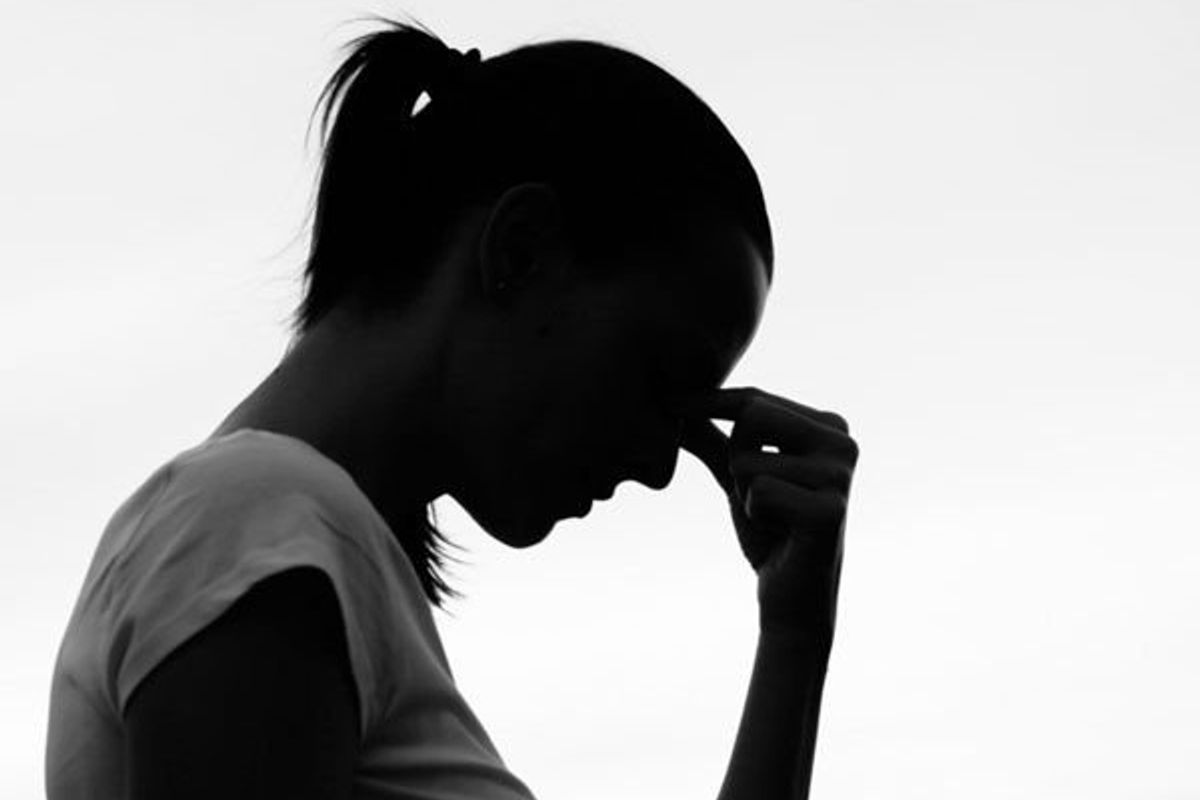
Studies Show Not Enough Patients With Depression Seek Help
Dec 04, 2014
Sep 07, 2023
Self-Care & Mental Health
Learn about our editorial policies

WEDNESDAY, Dec. 3, 2014 (HealthDay News) -- Almost 8 percent of Americans aged 12 and older were moderately to severely depressed during 2009 to 2012, U.S. health officials reported Wednesday.
But, only slightly more than one-third of those suffering from severe depression sought help from a mental health professional in the previous year, according to study lead author Laura Pratt.
"Not enough people are getting appropriate treatment for depression," said Pratt, an epidemiologist at the U.S. Centers for Disease Control and Prevention's National Center for Health Statistics (NCHS).
"People with severe depression should be getting psychotherapy. Some might need complicated medication regimens, which psychiatrists are better equipped to do, which makes it even more concerning that only 35 percent of people with severe depression have seen a mental health professional," she said.
Simon Rego, director of psychology training at Montefiore Medical Center and Albert Einstein College of Medicine in New York City, said the CDC statistics are consistent with previous research findings.
"Much of the information is not new or surprising," he said. "What's disappointing, however, is the fact that the rates of treatment have remained so low."
This is a problem because more severe depression leads to more serious difficulties in work, home and social activities, and people rarely experience remission without treatment, Rego said.
"Even for those who manage to recover naturally, we know that the risk of recurrence is higher if mild symptoms remain during the remission and the last episode was severe," he said.
"Clearly much more work needs to be done to educate the public on the symptoms of depression, the major impact it can have on one's functioning, and the benefits of seeking an appropriately trained mental health professional," Rego added.
The good news is that highly effective treatments are available for depression, including short-term psychological interventions such as cognitive behavioral therapy and interpersonal psychotherapy, as well as medications, such as selective serotonin reuptake inhibitors (SSRIs), Rego said.
According to the U.S. National Institute of Mental Health, symptoms of depression include:
According to the report published Wednesday in the NCHS Data Brief, 7.6 percent of Americans reported moderate to severe depression during the last two weeks of the study period.
The researchers found that about 3 percent of Americans aged 12 and over had symptoms of severe depression.
Depression was more common among women aged 40 to 59, with 12 percent of women in this age group suffering from the condition, the findings showed.
There were also racial differences in depression rates. Just over 4 percent of black people reported severe depression compared to 2.6 percent of white people, the researchers found.
When the researchers looked at people who had no symptoms of depression, they found that 78.5 percent of whites said they had no depressive symptoms compared to about 73 percent of black people and 74 percent of Hispanics, according to the report.
The study authors also found that depression was much more common among the poor. People living below the poverty level were nearly 2.5 times more likely to have depression than those at or above the poverty level.
More than 15 percent of people living below the federal poverty level had depression compared with about 6 percent of people living at or above the poverty level, the investigators found.
Depression also took its toll in daily life. Nearly 46 percent of people with symptoms of mild depression reported problems at work, home and social activities. But that number rose to 88 percent for those with severe symptoms of depression.
SOURCES: Laura Pratt, Ph.D., epidemiologist, National Center for Health Statistics, U.S. Centers for Disease Control and Prevention; Simon Rego, Psy.D., director, psychology training, Montefiore Medical Center/Albert Einstein College of Medicine, New York City; Dec. 3, 2014, NCHS Data Brief, "Depression in the U.S. Household Population, 2009-2012"
Copyright © 2014 HealthDay. All rights reserved.